The TRUTH About Non-Dairy Milks
Do you drink almond milk, coconut milk or other non-dairy milks?
By some estimates, nearly 50 million Americans have some degree of “lactose intolerance.” Millions more are thought to suffer from a full-blown allergy to dairy products. Considering these numbers, it’s no wonder that there has been a surge of non-dairy “milks” lining grocery store shelves and cold cases.
These non-dairy beverage products are typically made from rice, soy, almond, coconut, oat and hemp. And they have become big business. Sales reached $1.3 billion last year alone.
And while these dairy-free milks may offer some benefit for those who want (or need) to avoid dairy, the glass may be “half empty” rather than “half full”, nutritionally speaking.
Non-Dairy Milk: The Most Processed “Health” Food?
The first thing to understand is that most dairy free beverages are highly processed.
In fact, despite savvy positioning as a “healthy” alternative to cow’s milk, non-dairy beverages are some of the most processed of the so-called “health” foods available today.
During processing, seeds, nuts or grains are heated to high temperatures and sometimes extracted with chemical solvents (like hexane). The resulting product is one that bears little resemblance – nutritionally or visually – to cow’s milk.
And that’s where the fortification comes in…
Fortification: Subtraction by Addition
Typically, we tend to believe that more is better. But that’s not the case when it comes to industrial food “fortification.”
If you take a look at the ingredients label on most nondairy beverages, you’ll find that nutrients have been added to achieve a nutritional profile that is similar (at a glance) to cow’s milk.
This may seem like a good idea. But the truth is that isolated, synthetic nutrients do not behave the same way in the body that naturally-occurring nutrients do. In fact, the synthetic forms of many nutrients can actually promote – not reduce – the risk of poor health and disease.
Consider two common (synthetic) versions of vitamins commonly found in dairy-free milks:
Vitamin D2 (cholecalciferol)
Vitamin D has received a great deal of press in recent years for reducing the risk of chronic disease including cancer, heart disease, diabetes and more. And health experts agree that optimizing your vitamin D levels may be one of the most important steps you can take for your long-term health.
Vitamin D3 (cholecalciferol) is the form that occurs naturally. However, that is not the compound added to most non-dairy beverages. Many of these products use vitamin D2 – the synthetic version, made by irradiating fungus.
A recent meta-analysis by the Cochrane Database looked at mortality rates for people who supplemented their diets with vitamin D2 versus D3. The analysis included a total of 94,000 participants and found that those using vitamin D3 reduced their relative risk of mortality by six percent. On the other hand, those supplementing with vitamin D2 had a two percent increase in mortality.
The researchers also noted that vitamin D2 has a shorter shelf life and a much greater risk of toxicity than vitamin D3.
Vitamin A Palmitate
Natural vitamin A (retinol) is a powerful antioxidant, with a wide range of health benefits. It originates from animal foods, including cod liver oil, liver, organ meats, butter, eggs and milk.
However, in excess, the isolated chemical form (vitamin A palmitate) is associated with tumors, enlargement of the liver and spleen, joint disorders, osteoporosis, extreme dryness of eyes, mouth and skin, birth defects, and immune suppression.
A study published in New England Journal of Medicine found that pregnant women who consumed more than 15,000 IU of pre-formed vitamin A per day from food and supplements had 3.5 times the rate of birth defects compared to those who consumed less than 5,000 IU per day. For those women taking over 15,000 IU in supplements alone, the rate increased to 4.8 times that of women who took less than 5,000 IU.
And this is not the only synthetic “nutrient” added to dairy-free milks that may be cause for concern. Others include zinc oxide, vitamin E, calcium carbonate and more.
In addition to “fortifying” with synthetic nutrients, there’s something else commonly added to your non-dairy beverage…
Vegetable Oil… In My Almond Milk?
Vegetable oil, sunflower and safflower oils are added to a wide variety of non-dairy milk products to increase the fat ratio and create a “mouthfeel” similar to dairy milk.
And while fat is an essential part of a healthy diet, the oils manufactures use in nondairy beverages are anything but.
These oils are refined (often with solvents) and are predominantly omega-6 fatty acids – inflammatory fats that are associated with the development of chronic disease, like cancer, diabetes, heart disease, macular degeneration, Alzheimer’s and more.
The Sour Truth About Sweet Tasting Milks
Unless labeled “unsweetened”, non-dairy milks are sweetened with agave nectar, brown rice syrup or just plain sugar – bringing the sugar content in a single 8 oz. glass to nearly the same level as a cola!
But even if you don’t opt for the original sweetened or chocolate varieties, your blood sugar could be in for a ride. For example, rice milk is very high glycemic (GI 79-92) and oat milk (GI 69) is not far behind. That makes these beverages closer to milkshakes, than milk.
Whole Food Non-Dairy Milks – Fortified By Nature!
The good news is that you can enjoy dairy-free nut milks that are made purely from whole foods … and fortified by nature.
Homemade coconut and almond milks are the best options thanks to naturally higher nutrient levels, a low glycemic index and a rich, creamy taste.
If you don’t want to make your own nut milk from scratch, consider buying Let’s Do Organic coconut cream and blend with water to make coconut milk. Otherwise, simply follow the easy, wholesome and delicious recipes below.
Homemade Almond Milk
Yield: 5 cups of almond milk
Ingredients:
- 2 cups whole raw organic almonds
- 6 cups filtered water
- 1 tsp organic vanilla extract (optional)
- Pinch of Celtic Sea Salt
Equipment:
- Blender (preferably Vitamix)
- Nut milk bag or colander lined with a cheesecloth
Instructions:
- Place almonds in a bowl and cover with filtered water. Place in refrigerator and soak overnight (for 8-12 hours).
- Rinse and drain the almonds. Place into a blender along with 6 cups filtered water
- Blend on highest speed for 1 minute.
- Place a nut milk bag over a large bowl. Slowly pour the almond milk mixture into the bag. Gently squeeze the bottom of the bag to release the milk.
- Rinse blender and pour the milk back in with sea salt and vanilla. Blend on low.
- Store in a glass jar in the refrigerator for 3-5 days.
Homemade Coconut Milk
Yield: 4 cups of coconut milk
Ingredients:
- 4 cups filtered water
- 2 cups unsweetened organic shredded coconut
Equipment:
- Blender (preferably Vitamix)
- Nut milk bag or colander lined with a cheesecloth
Instructions:
- Heat water in a saucepan to near boiling.
- Add hot water and shredded coconut to blender.
- Blend on high for 2-3 minutes until creamy.
- Pour mixture through a nut bag or a colander lined with a cheesecloth. Squeeze the cheesecloth well to extract coconut milk.
- Store in a glass jar in the refrigerator for 3-5 days.
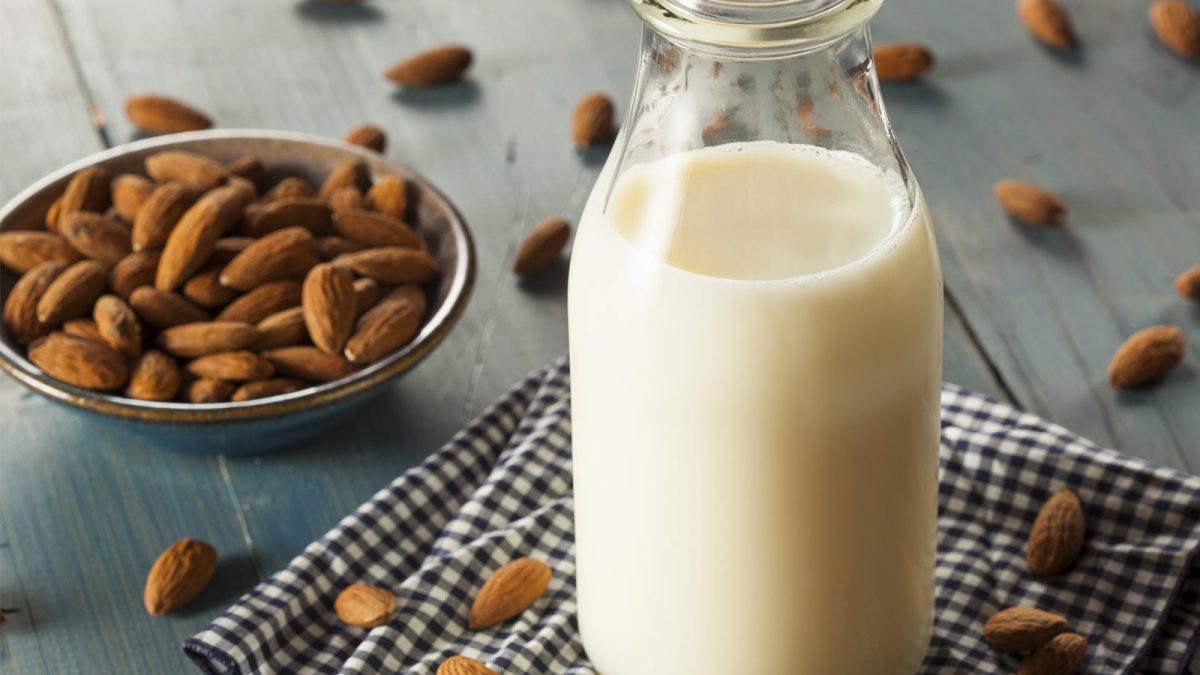
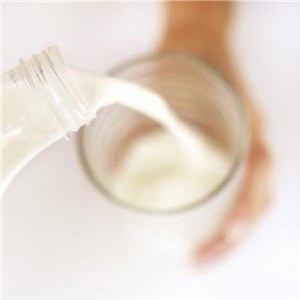
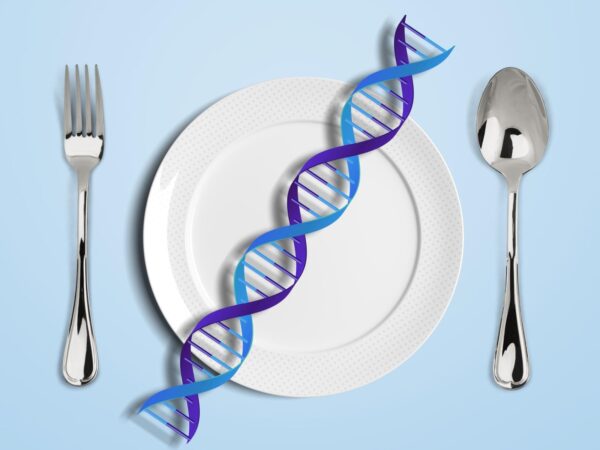
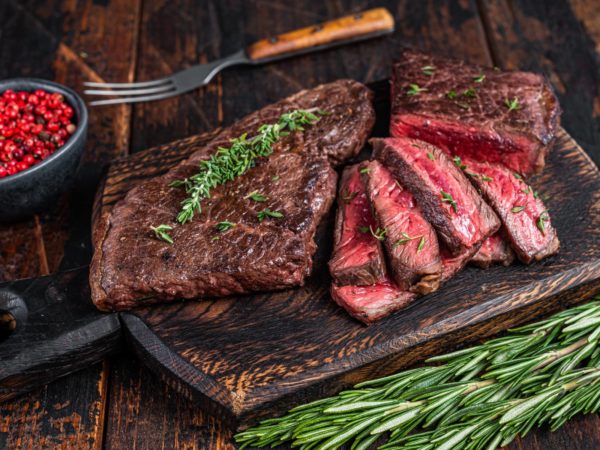
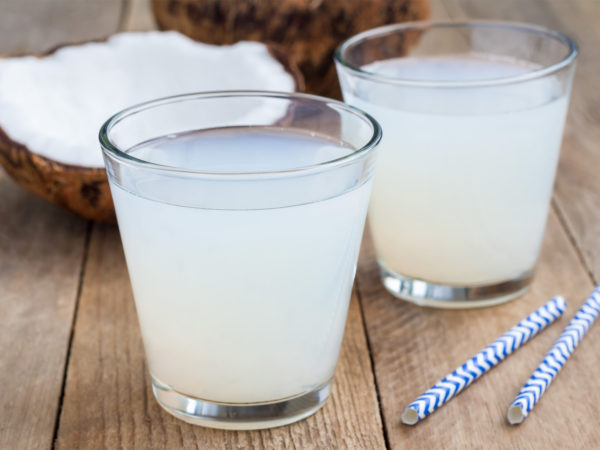
Leave a Reply